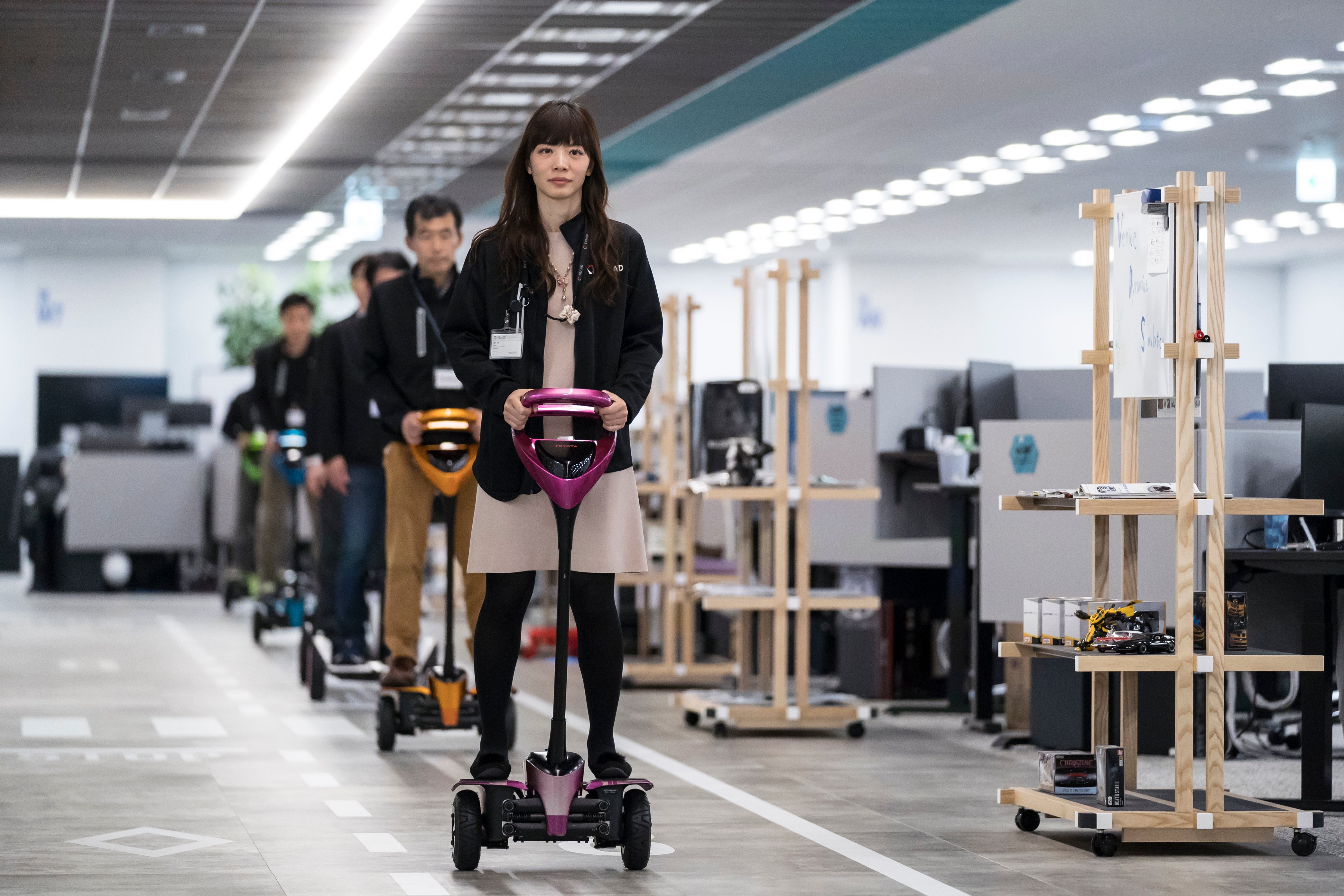We already know that people across the country are rethinking their relationship to work: More than 20 million Americans quit their jobs between May and September 2021, an increase of 60% from the same time period last year. But amid the upheaval of the Great Resignation, it’s clear that the old ways of working aren’t meeting employee needs. A takeaway from last week’s Charter Workplace Summit: The old ways of leading are due for an upgrade, too.
“There is a leadership style that is very binary,” Edith Cooper, event co-chair and a member of the board of directors at PepsiCo and Amazon, said in the summit’s keynote session on November 9. “The attitude is, you must stand up and declare what you desire. They believe that that clarity makes sense and supports different aspects of their culture.” But when it comes to bringing remote workers back to the office, that attitude is backfiring.
For more on the future of work, sign up for the free Charter newsletter.
Many companies—Amazon, Google, Microsoft, to name a few—have seen record earnings during the pandemic, with most staff working from home. Simultaneous productivity gains and blurring of work and home life through challenging circumstances have empowered workers. “No longer are individuals excited about having a work persona at the center, with everything in their lives fitting around it,” said Cooper. “It’s a change for the better.”
Cooper and her daughter, Jordan Taylor, are co-founders of Medley, which specializes in facilitating small group discussions. These discussions, they believe, are the building blocks of a new model of effective leadership: one in which norms and ways of working are set through listening and collaboration rather than top-down.
The idea itself isn’t exactly new: Research on culture change suggests that it’s best achieved as “a movement, not a mandate,” as IDEO partner Bryan Walker and Stanford organizational behavior researcher Sarah A. Soule put it in the Harvard Business Review. But right now, as organizations reconsider their systems, their values, and their priorities, leaders are uniquely well-positioned to bring employee voices into that process.
“There is a need for a greater understanding of how to navigate this great transition that we’re in,” said Taylor. “A key step is in empathy and listening and embracing different perspectives.”
Priya Parker, facilitator and author of The Art of Gathering, said in an interview with Charter earlier this year that “great managers are actually creating spaces to listen, to have [conversations], and then find clear ways to make and communicate the decisions.” Some companies resort to polls and surveys to gather employee feedback, but according to Parker, that’s just the beginning. “The next level begins to ask, why do people feel this way? What is it that we need to do as an organization to shift the organization so that people aren’t feeling that way?”
In other words, a movement of the sort Walker and Soule describe begins with something simpler and less lofty-sounding: initiating open dialogue with employees about what they want and need (and what they don’t) as part of normal workflow. Parker and Taylor both noted that setting expectations at the start of each meeting is the key to effective conversations—and those conversations can be enough to reset a culture. “The more you can communicate about the group itself and about the dynamic, the greater the potential is for that space of safety and connection and transformation,” said Taylor.
The alternative to having more authentic conversations with employees? “The current state of affairs certainly speaks for itself,” said Taylor. Her mother—who sits in the boardrooms of two of the world’s largest corporations—explained, “Leaders are realizing that they don’t have as much flexibility in getting to decide. They don’t have as much of the luxury of saying, ‘It’s my way.’”
